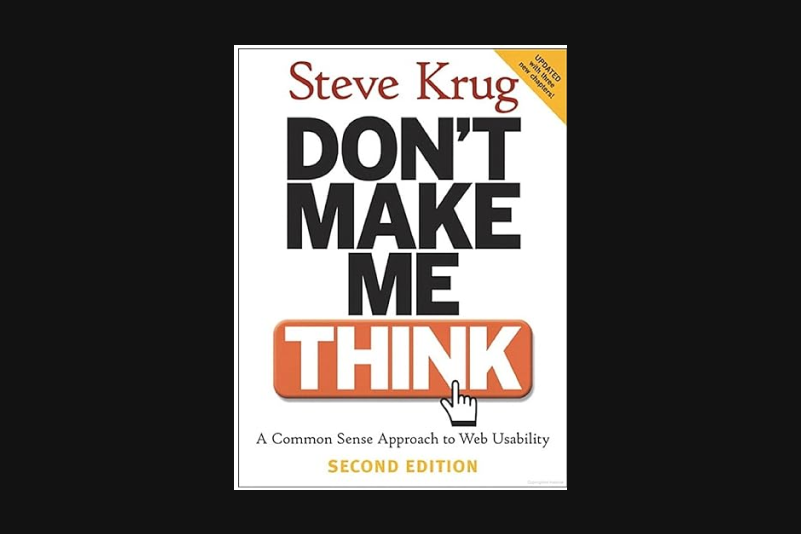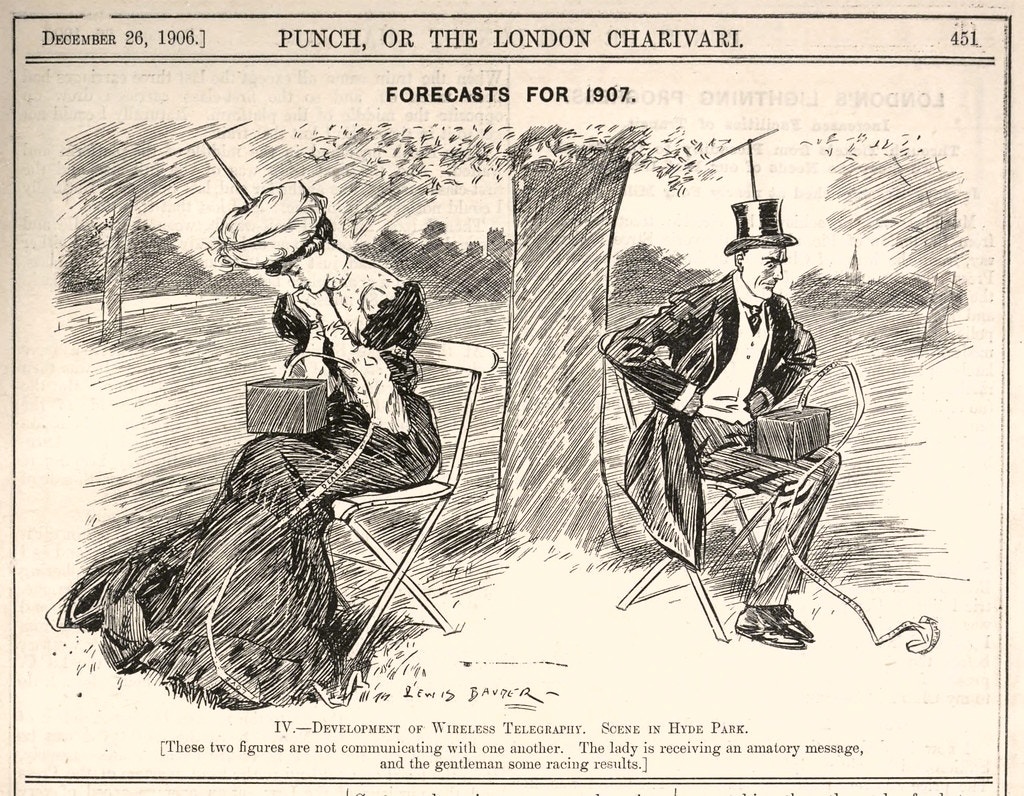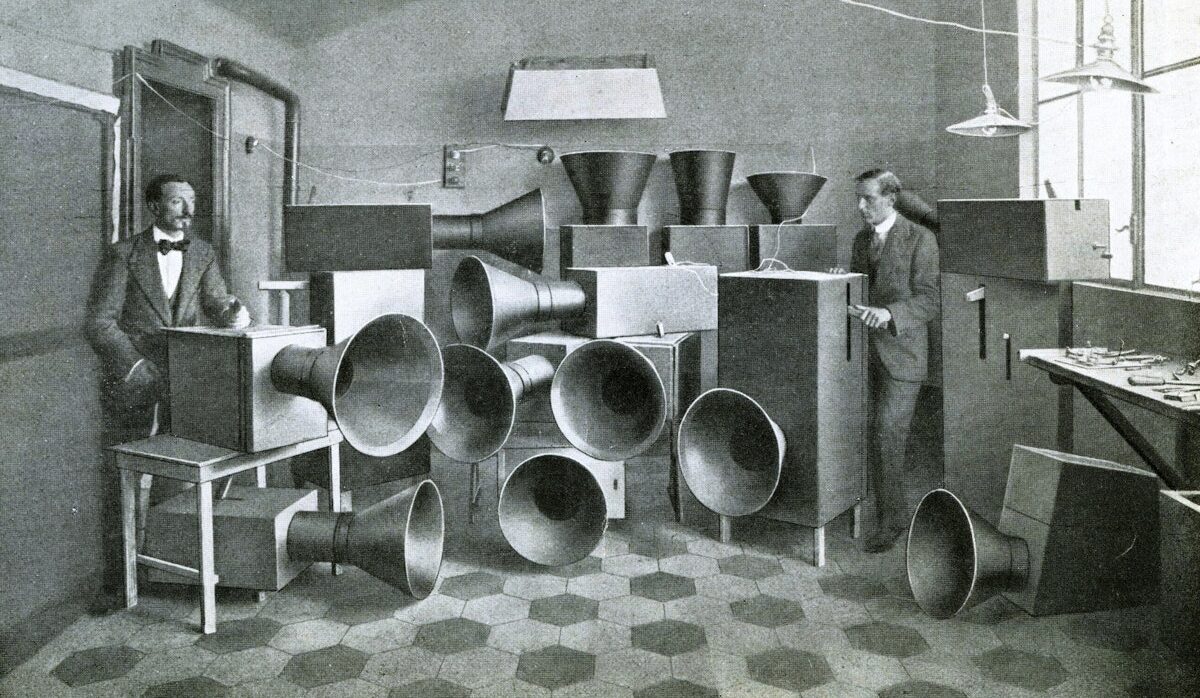Luigi Russolo and Ugo Piatti in their Milanese intonarumori workshop, ca. 1916
What if, as designers, we could help users be more mindful and present?
Lately, I’ve been revisiting Don’t Make Me Think by Steve Krug, and it’s sparked some thoughts on user experience and attention management.
Originally published in 2000, Krug’s book aimed to make usability principles accessible to everyone—even non-designers. It’s packed with insights that, as Krug himself puts it, seem “obvious”—but only after you’ve read them. The book is practical and concise enough to finish on a single flight, and it’s a classic for a reason.

Steve Krug’s Don’t Make Me Think is a go-to book for anyone curious about web usability. In this first edition, Krug breaks down the basics of intuitive web design, showing how keeping things simple and easy can seriously improve the user experience. It’s packed with practical tips, easy-to-follow language, and real-life examples, making it a great read for both beginners and experienced designers who want to make websites that users can navigate without overthinking. The goal is simple: make using the web feel effortless.
In 2014, Krug updated the book to address the rapidly changing digital landscape, particularly with the rise of mobile experiences. As smartphones, touch interactions, and smaller screens became prevalent, he tackled new usability challenges with his straightforward approach. Fast forward to 2024, and I find myself thinking about the next evolution of his ideas.
One idea that keeps coming to mind is a new title: Don’t Distract Me.
Today, the challenge isn’t just about making things easy to use; it’s about creating experiences that respect users’ attention and mental bandwidth.

vision from a 1906 issue of Punch magazine
We live in an era where users are bombarded with notifications, pop-ups, and constant demands for their attention. Thoughtful design now means reducing distractions and helping users stay focused on what truly matters—it means stopping the design of distracting things.
We might even need to bring friction into design—not to complicate things for users, but to help them feel more alive. Whenever possible, design should aim to engage users with intention and presence, reflecting a deeper understanding of their needs in a fast-paced, frictionless world.
How can we, as designers, create experiences that foster mindfulness and presence? How can we design in a way that allows users to fully engage with the moment they’re in?



